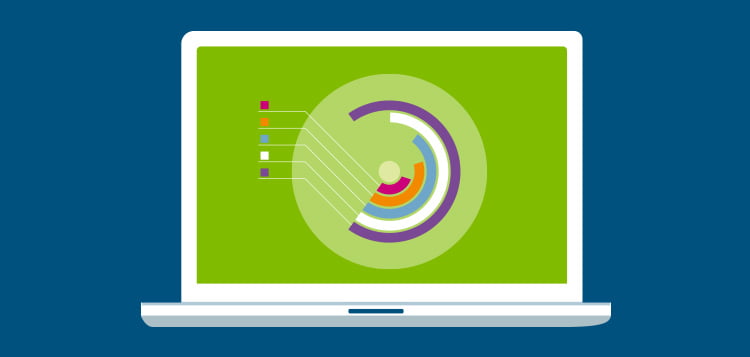Intrigued In Discovering How Web Site Style Has Changed Throughout The Years? Check Out The Progression From Standard, Simple Styles To User-Centered Methods That Focus On The Demands And Preferences Of On The Internet Site Visitors
Intrigued In Discovering How Web Site Style Has Changed Throughout The Years? Check Out The Progression From Standard, Simple Styles To User-Centered Methods That Focus On The Demands And Preferences Of On The Internet Site Visitors
Blog Article
Uploaded By-Abel Wong
In the past, internet sites were basic and concentrated on info. Navigating was straight, and layout was for desktops. Currently, web seo expert is crucial. Information guides designs for easy navigating. Responsive layouts match different devices. Today, dark setting lowers stress, and minimalist food selections boost navigating. visit the following web page engage individuals, and bold visuals stand apart. AI combination boosts interaction. See how roofing website design has progressed to improve your online journey.
Very Early Days of Web Design
In the very early days of web design, simplicity preponderated. Web sites were basic, with limited shades, font styles, and formats. The emphasis was on providing info as opposed to fancy visuals. Users accessed the web through sluggish dial-up links, so rate and capability were crucial.
Navigation menus were straightforward, commonly located at the top or side of the web page. Websites were created for home computer, as mobile browsing had not been yet widespread. Content was king, and developers focused on easy readability over complex layout elements.
HTML was the main coding language utilized, and developers needed to work within its restrictions. Computer animations and interactive features were minimal compared to today's requirements. Sites were static, with little vibrant material or tailored customer experiences.
Surge of User-Focused Design
With the evolution of internet site design, a shift in the direction of user-focused layout concepts has come to be significantly prominent. Today, producing websites that prioritize user experience is essential for engaging site visitors and achieving business goals. User-focused design entails comprehending the needs, choices, and habits of your target audience to tailor the site's format, material, and features appropriately.
Designers now conduct thorough study, such as customer studies and use screening, to collect insights and comments straight from users. This data-driven strategy helps in developing intuitive navigation, clear calls-to-action, and aesthetically attractive interfaces that reverberate with site visitors. By placing the individual at the facility of the layout process, web sites can deliver a much more personalized and satisfying experience.
Receptive design has likewise emerged as a vital element of user-focused layout, making sure that internet sites are optimized for different tools and display dimensions. This flexibility improves access and functionality, dealing with the diverse ways customers connect with sites today. Basically, the increase of user-focused style indicates a shift in the direction of developing electronic experiences that prioritize the requirements and assumptions of the end individual.
Modern Trends in Web Design
Explore the latest trends forming web design today. One famous pattern is dark mode style, offering a sleek and modern look while decreasing eye strain in low-light atmospheres. An additional key pattern is minimal navigation, simplifying menus and boosting customer experience by concentrating on essential elements. Incorporating micro-interactions, such as animated buttons or scrolling results, can produce a much more appealing and interactive web site. Responsive layout remains vital, making certain smooth individual experiences across different tools. Additionally, using strong typography and unbalanced designs can add aesthetic passion and draw attention to details web content.
Integrating AI modern technology, like chatbots for client support or individualized referrals, improves individual interaction and enhances procedures. Ease of access has also become a considerable trend, with designers focusing on comprehensive layout techniques to satisfy varied user requirements. Embracing sustainability by optimizing website performance for speed and effectiveness is another emerging pattern in web design. Teaming up with user comments and information analytics to repeat and boost design constantly is necessary for remaining appropriate in the ever-evolving digital landscape. By accepting these contemporary fads, you can produce a visually enticing, straightforward website that resonates with your target market.
Conclusion
As you reflect on the development of website layout from the early days to currently, you can see how user-focused design has ended up being the driving pressure behind contemporary trends.
Welcome the trip of adjustment and adjustment in website design, constantly maintaining the customer experience at the center.
Stay present with the most recent patterns and innovations, and never ever quit developing your method to create visually sensational and straightforward web sites.
Evolve, adjust, and create - the future of website design remains in your hands.
